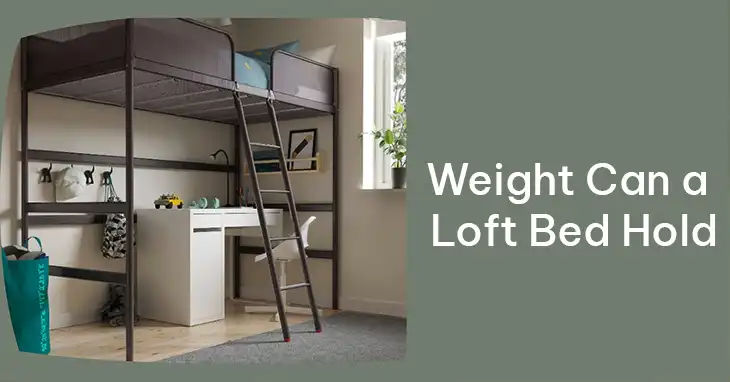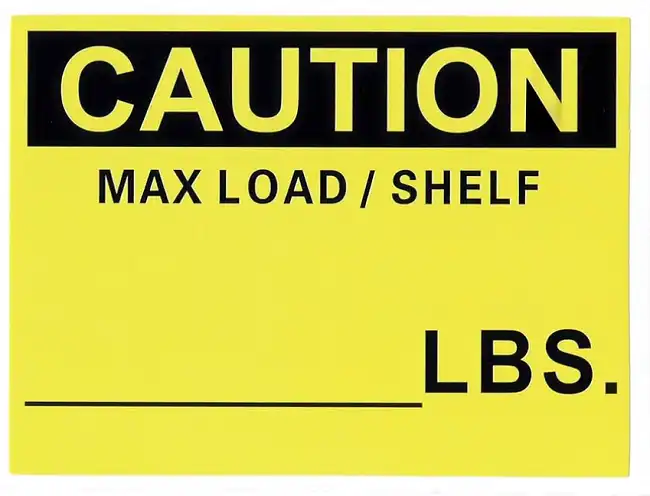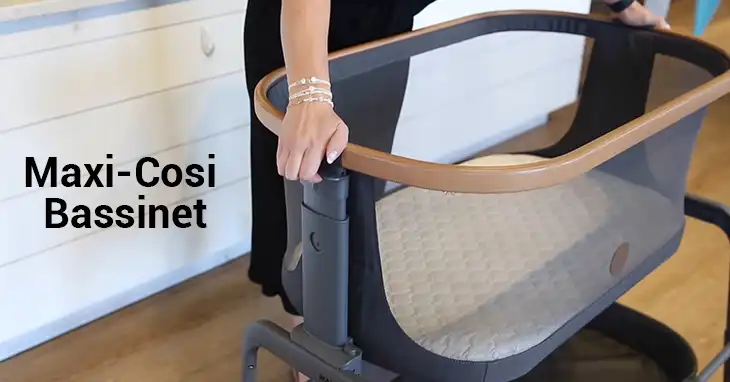How Much Weight Can a Loft Bed Hold?
Loft beds are becoming increasingly popular, especially because of their space efficiency. Especially in areas where the floor space is limited, such as dorms, apartments, and children’s rooms. However, one crucial factor that often raises concerns is the loft bed’s weight capacity. Knowing the weight capacity is essential for ensuring safety and preventing potential accidents or structural failures.
The consequences of exceeding a loft bed’s weight limit can be severe, including bed collapse, injury, and property damage. Therefore, it’s crucial to understand the weight capacity specifications and adhere to them strictly.

What’s the Weight Capacity of Loft Beds?
Loft beds come with a wide range of weight capacities, spanning from as low as 150 pounds to as high as 2,000 pounds or more. This significant variation is primarily influenced by three key factors: the materials used in construction, the design and size of the bed, and the target audience.

Materials
Materials play a vital role in determining a loft bed’s weight capacity. Metal beds, typically made of steel or aluminum, tend to have higher weight capacities compared to their wooden counterparts. For example, a heavy-duty steel loft bed may have a weight capacity ranging from 1,000 to 2,500 pounds, while a lightweight aluminum bed may support between 400 and 1,000 pounds.
The strength of wooden loft beds can vary greatly depending on the type of wood and the construction methods employed. Here’s a quick look at the typical weight capacity ranges for different types of wood used in loft bed construction:
| Material | Typical Weight Capacity Range |
| Pine Wood | 300 – 600 lbs |
| Oak Wood | 500 – 800 lbs |
| Hardwood (Maple, Ash, Hickory) | 600 – 1,000 lbs |
Design
The design and size of the loft bed also contribute to its weight capacity. Larger beds, such as those with full or king-size mattresses, generally have higher weight capacities than their smaller, twin-size counterparts. Additionally, bunk loft beds, which feature two sleeping surfaces stacked vertically, often have different weight capacities for the top and bottom bunks.
Target Audience
Finally, the target audience is a crucial consideration when it comes to weight capacity. Loft beds designed for children typically have lower weight limits, ranging from 150 to 250 pounds, while those intended for teenagers or young adults may accommodate weights between 300 and 500 pounds. Adult loft beds, particularly those designed for shared use or heavy-duty applications, can support weights ranging from 600 to 2,000 pounds or more.
To give you a general idea of the weight capacity ranges for different types of loft beds based on their intended use and occupancy, refer to the following table:
| Loft Bed Type | Typical Weight Capacity Range |
| Children’s Loft Beds | 150 – 250 lbs |
| Teenager/Young Adult Loft Beds | 300 – 500 lbs |
| Adult Loft Beds (Single Occupancy) | 600 – 1,000 lbs |
| Adult Loft Beds (Double Occupancy) | 1,000 – 2,000 lbs |
| Heavy-Duty Loft Beds | Up to 2,500 lbs |
Remember, it’s always best to consult the manufacturer’s specifications or seek professional guidance to determine the precise weight capacity for your specific loft bed.
How Weight Capacity Labels Work?

When shopping for a loft bed, it’s essential to understand the weight capacity labels provided by the manufacturer. These labels often specify whether the stated weight capacity includes the mattress weight or not. For example, a label that states “500 lbs weight capacity” may or may not include the weight of the mattress itself, which can range from 50 to 150 pounds or more depending on the size and type.
To avoid any confusion, it’s always better to clarify with the manufacturer or retailer whether the weight capacity includes the mattress weight. Some manufacturers may provide separate weight limits for the mattress and the total weight, including occupants.
Static & Dynamic Weight Capacity
Another critical distinction to be aware of is the difference between static and dynamic weight capacity. Static weight capacity refers to the maximum weight the bed can support when the occupants are stationary, while dynamic weight capacity considers the additional forces and stresses generated by movement, such as tossing and turning or jumping on the bed.
For example, a loft bed with a static weight capacity of 600 pounds may only have a dynamic weight capacity of 500 pounds or less, as the movement of occupants can exert additional stress on the bed’s structure. It’s crucial to consider dynamic weight capacity, especially for loft beds intended for energetic or restless sleepers.
What Else Should You Consider Besides Weight Capacity?
While weight capacity is a critical factor, it’s not the only consideration when it comes to loft bed safety and stability. The overall construction and materials used in the bed frame play a significant role in determining its ability to support and distribute weight evenly.
Sturdy joints, solid wood types, and proper bed frame construction are essential for ensuring the weight is distributed evenly across the bed’s support system.
Additionally, the type and weight of the mattress can affect the overall weight capacity. Heavier mattresses, such as those made with dense memory foam or hybrid materials, may put additional strain on the bed’s structure compared to lighter innerspring or foam mattresses.
Safety features, such as guardrails and ladders, should also be taken into account. Guardrails are particularly important for children’s loft beds to prevent falls, while sturdy ladders ensure safe access to the sleeping area.
End Notes
Choosing the right loft bed with an appropriate weight capacity is crucial for ensuring a safe and comfortable sleeping environment. By understanding the various factors that influence weight capacity, such as materials, design, and intended use, you can make an informed decision that meets your specific needs and requirements.
Remember, exceeding the stated weight capacity can have severe consequences, including structural failure, bed collapse, and potential injuries. It’s essential to strictly adhere to the manufacturer’s guidelines and prioritize safety throughout the selection, assembly, and use of your loft bed.






